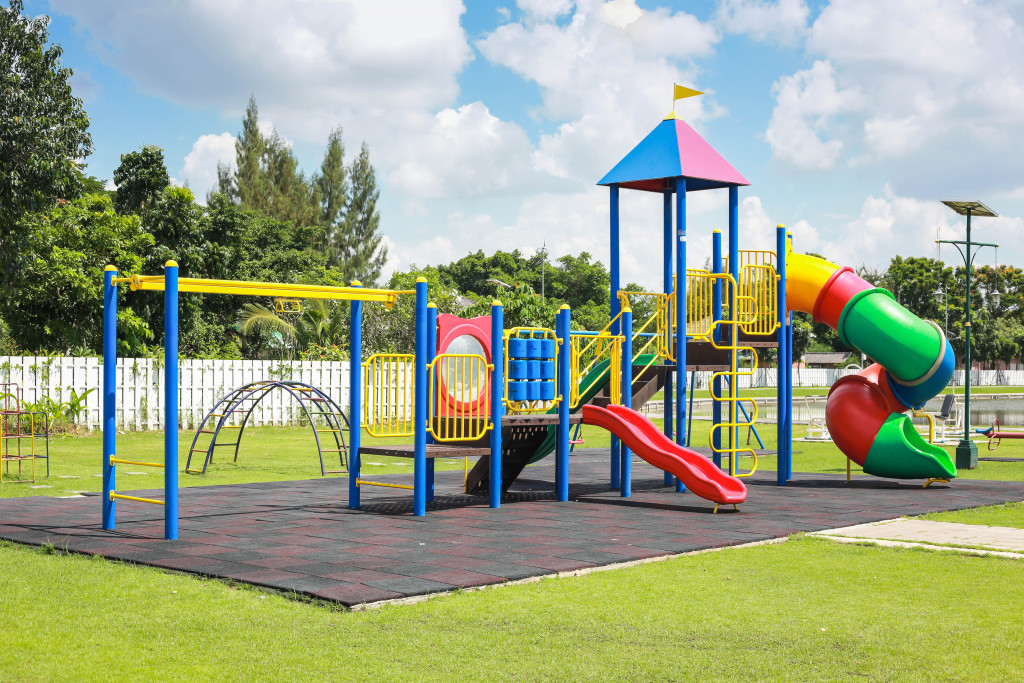- Engage in hands-on learning experiences like block/lego-building and crafting to help your child develop problem-solving and critical thinking skills.
- Encourage outdoor play time to stimulate a child’s imagination and physical coordination while developing social skills.
- Read aloud daily to introduce your child to new words and ideas, practice hearing patterns in words, and create conversations.
- Use technology judiciously as a supplement to traditional activities to help your child learn quickly and retain knowledge.
Keeping your child’s brain active is essential for their development. According to the American Academy of Pediatrics, activities that promote cognitive development can help your child develop problem-solving and critical-thinking skills. It can help them learn new skills, build confidence, and expand their knowledge. With the right activities and resources, it can be easy to keep your child’s brain engaged and growing.
Explore some of the best ways to keep your child’s brain active through meaningful activities.
1. Engage in hands-on learning experiences
Hands-on learning experiences are great for keeping your child’s brain active. Allow them to explore different materials while they learn about their environment, practice decision-making, and gain new skills. Try some of these activities:
a. Block/Lego-building
One great example is playing with blocks or Legos. Not only is it fun for your child, but it also encourages creativity, spatial reasoning, and problem-solving skills. Although any block set can be used, Legos are great for helping kids develop their critical-thinking skills.
b. Crafting and art
Another great hands-on activity is arts & crafts. This allows children to get creative while using fine motor skills to work on projects from start to finish. Use these activities to encourage your child’s imagination and creativity.

c. Science experiments
Science experiments are perfect for getting your child interested in science and helping them develop a curiosity for how things work. Look up some simple experiments and get your child involved with the process. Some fun ones to try are creating a volcano, making a tornado in a bottle, and building an egg geode.
2. Encourage outdoor playtime
Being outdoors helps stimulate a child’s imagination and develop physical coordination and strength. Research has proven that just 10 minutes outside can increase concentration levels in children by up to 50%. Many outdoor activities help develop problem-solving skills and encourage physical activity.
a. Explore nature
Bring your child to a park or nature trail and let them explore. This is a great opportunity for children to learn about the world around them, connect with nature, and develop a sense of adventure.
b. Jumping around
Children can’t always play outside, but they can jump around in a covered open space. For one, bringing them to a fun indoor trampoline park is a fun and engaging way to let them explore their physical capabilities. They can jump around, practice balancing, and discover different ways to move.
c. Playground games
Playing games like tag or hide-and-seek can help kids develop motor skills and understand social rules. It is also great for building communication skills and making friends. Just make sure they are playing in a safe environment.

3. Read aloud every day
Reading aloud to your children helps them learn language patterns and introduces them to new words and ideas that they may not have been exposed to before. Reading stories with rhymes allows them to practice hearing patterns in words which can help strengthen their reading comprehension as they grow older. Plus, reading together creates memories that will stay with them forever!
Ask your child questions to get them thinking and create conversation when reading. This helps them develop their analytical skills while allowing you to learn more about their thinking. Use fun, engaging books that will excite them about reading and learning.
4. Use technology
Incorporating technology into your child’s learning can be a great way to keep their brain active. Various educational apps and websites can teach your child various skills, such as math, language arts, coding, and more. Not only is it engaging and fun, but it can also help your child learn quickly and retain the knowledge.
But, be sure not to over-rely on technology. Balance it with traditional activities and experiences that keep your child’s brain active. Too much screen time can be detrimental to their development, so limiting their use of phones and other devices is important. Try to find the right balance that works for your family.
Keeping your child’s brain active doesn’t have to be complicated or expensive; all you need are the right activities and resources! By engaging in hands-on learning experiences, encouraging outdoor play time, reading aloud every day, and using technology judiciously, you can help your child grow cognitively. With these tips, you can find the perfect activities for your child’s brain development.
